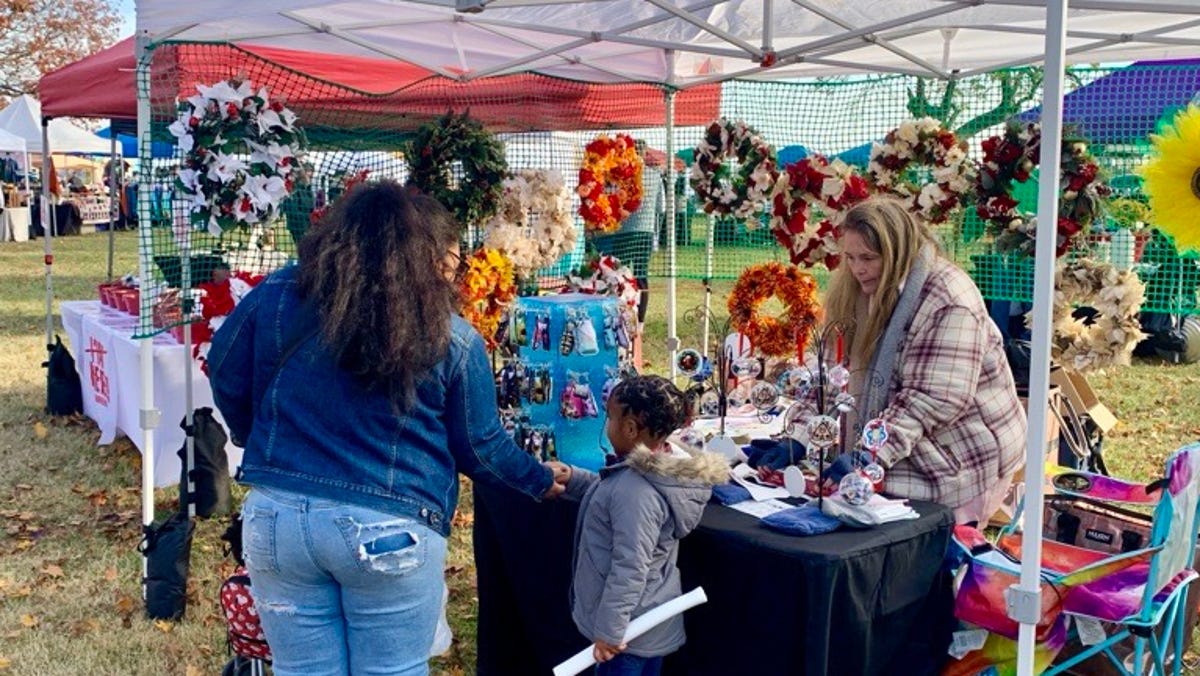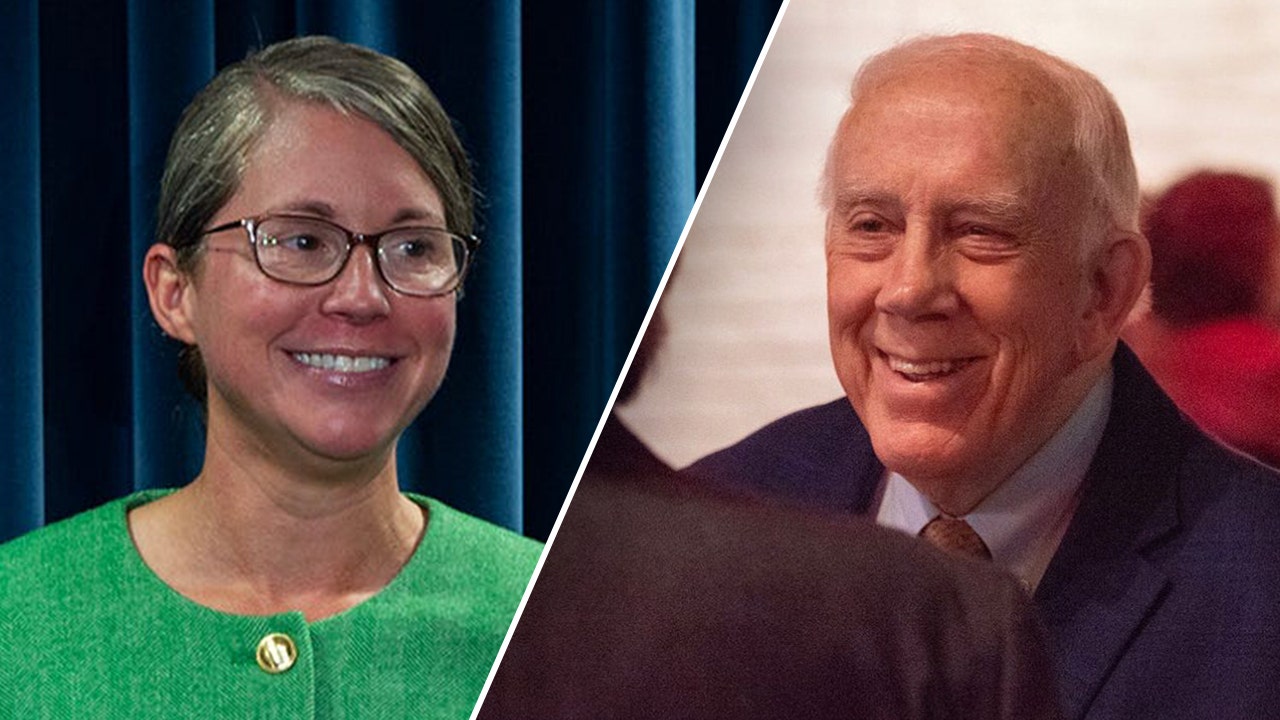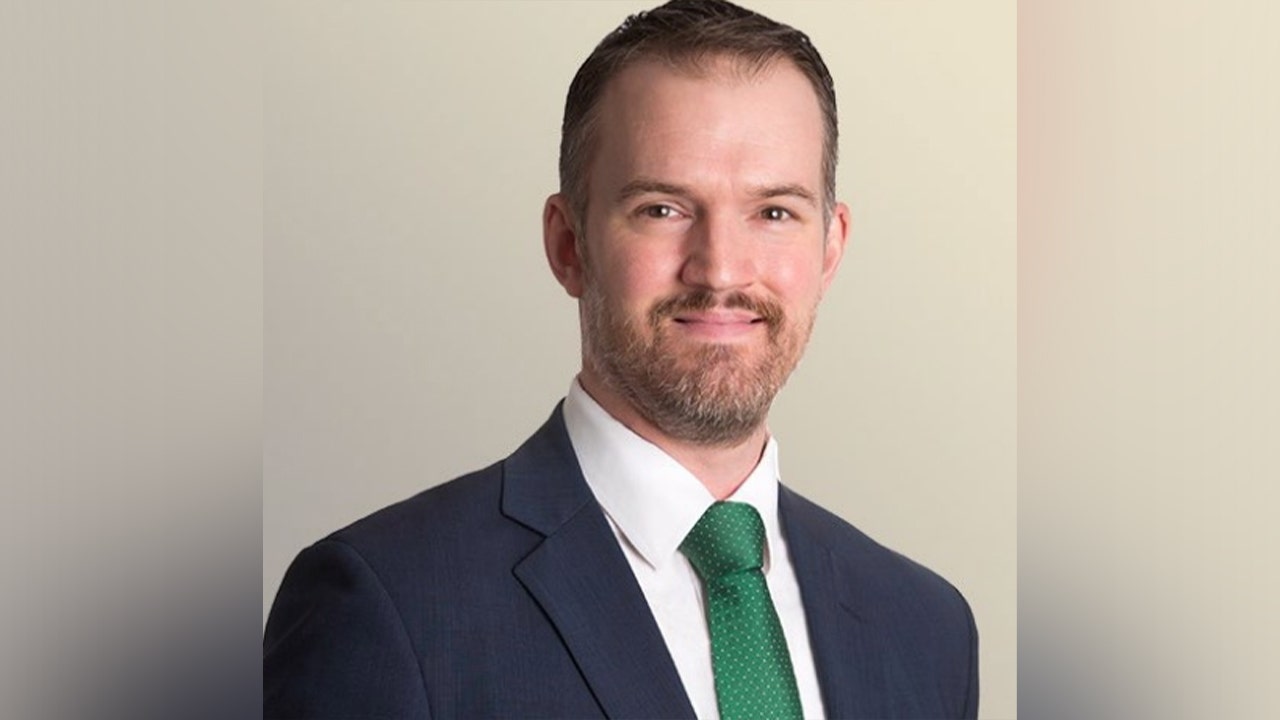Vermont
After a Vermont playhouse flooded, the show went on

WESTON, Vt. — Members of a beloved Vermont acting company were sleeping in theater housing when torrential rains and flooding forced them to flee, with water inundating the playhouse’s vast basement of dressing rooms, costumes and props and reaching into the first floor.
The July storms left the large, column-fronted white Greek Revival building with layers of mud and debris, and as volunteers and others dug out of the mess, the Weston Theater Company eventually kept performing — on higher ground. The shortened season came to end last week on a smaller stage on higher ground, and the actors are now figuring out how to make up for some of the losses and rebuild their leased playhouse to be more flood resistant in the tiny riverside town.
The prominent playhouse sits in the center of the 620-resident southern Vermont community of Weston along the West River. The oldest professional theater company in Vermont draws people from around the country, including part-time residents and visitors who want to see actors from the New York City area without traveling to the Big Apple.
When the theater flooded, some actors who were about to arrive for “Singin in the Rain” rehearsals were delayed for days. The basement also flooded during Tropical Storm Irene in 2011. This time around the floodwaters were about 2.5 feet (0.7 meters) higher.
The damage is heartbreaking, especially after the struggle to recover from the pandemic shutting down performances in 2020, said Susanna Gellert, the company’s executive artistic director. The company performed under an outdoor tent in 2021 and didn’t start returning to pre-pandemic numbers until this year, she said.
“The real casualty of it is on our earnings,” she said.
Most of the water was pumped out of the the Playhouse but the damage was worse than after Irene, the company posted on Facebook, while also taking up offers from community members to help scrape mud out of the building and administrative offices.
The company was in the middle of performances of the sold-out show “Buddy, The Buddy Holly story.” The set and instruments were on stage but all the costumes were downstairs as well as the scene shop’s high-grade tools, which Gellert estimated was a $150,000 equipment loss. Also trashed were the building’s HVAC and sprinkler systems.
The Weston Community Association, which owns the building and supports the theater, is still tallying the damage and cost of repairs to submit to the Federal Emergency Management Agency.
It was the first time floodwater reached the auditorium of the playhouse, said Dave Raymond, president of the association, who also led the group during Irene. Water “took out” the first five rows of seats, which will be salvaged, but the hardwood floors were done for, he said.
“We had to tear all of that up,” Raymond said. “We had to tear out the front part of the stage because the water had come up through the old pit where the orchestra was.”
The association and theater company spent about $450,000 to have professional crews clean out and remediate the building, he said. The association plans to have all the electrical moved upstairs except for the sprinkler system and use concrete to block windows where the water came in — a “no-brainer,” Raymond said.
“There’ll be no view out to the beautiful river, which becomes a monster when it decides to,” he said.
Putting on the show despite the flooding “speaks to the resiliency of theater people,” said Andrea Johnson, of Wellesley, Massachusetts, who attended “Singin’ in the Rain” with her husband when the show was moved to the company’s smaller Walker Farm theater at higher ground. “The show must go on.”
That’s what actor Conor McShane, who played Cosmo, said in the musical. “The show must go on come rain, come shine,” he told The Associated Press — though he can’t believe he didn’t add “come flood” to the line every time, he said.
The theater company, citing the extreme devastation, eventually decided to cut its summer season short, canceling an upcoming show and postponing another until next summer, when Raymond expects the theater to reopen.
“To everyone who came to help dig the Playhouse out of the mud (from near and far!) and donated their time, food, money, and resources to help us pave the path forward – thank you,” the theater company, which just completed its 87th season, posted on Facebook on Sunday. “While the road to recovery will be long and arduous, it is nothing compared to the resiliency you’ve reminded us of, and there aren’t words to describe the magnitude of our gratitude.”

Vermont
Your Vermont giving guide: The heart of Vermont this giving season – VTDigger

If you were asked what makes Vermont home, what would you say?
Is it the postcard-perfect landscapes? The simple moments shared with family—hiking the trails or gathering around the dinner table? Or perhaps something deeper—a sense of belonging and how Vermonters come together in hard times?
Every act of kindness reflects the countless reasons Vermont holds a special place in our hearts. And yet, knowing how to give back in a state so rich in character and opportunity is not always easy. At the Vermont Community Foundation (VCF), we’re honored to work with over 1,000 individuals, families, and businesses to bring their love of Vermont to life through their giving. Through that work, we’ve learned that philanthropy is a powerful tool for improving lives and building resilient, thriving communities for the future.
Getting started on the path of giving can feel overwhelming, but it doesn’t have to be. The Vermont Giving Guide is here to help you reflect on what matters most to you, discover meaningful giving opportunities, and take steps toward making a difference in ways that resonate with you.
What the Guide Offers:
This guide is an ode to Vermont—from the serene, maple-lined roads of the Northeast Kingdom to the artistic, community-driven initiatives of Brattleboro, from the historical richness of Montpelier to the tranquil shores of Lake Champlain. It’s about connecting you with the soul of our state through your philanthropy.
- Personal Giving Exercises: Clarify your giving goals with thoughtful exercises designed to align your values with actionable giving strategies and tools.
- Stories of Impact: Learn how donors like you are nurturing our state’s natural beauty, culture, and community.
- Giving with Purpose: Explore Vermont’s most pressing opportunities, from housing and mental health to climate resilience and education.
Download the Vermont Giving Guide today and explore how, together, we can make Vermont stronger, more resilient, and more connected than ever.
Vermont
Cities with the most UFO sightings in Vermont

When pilot Kenneth Arnold took off from Chehalis, Washington, in his single-engine airplane one afternoon in June 1947, he was looking for a lost military aircraft that had crashed. But what he found was something completely different—something that would set off a cultural obsession in the U.S. that persists today.
While flying around Mount Rainier, Arnold reportedly encountered nine curious, wingless objects speeding through the sky at 1,200 mph, faster than any plane at the time could. Arnold spent years afterward trying to describe what he had seen, reportedly using a term that has been ingrained in the American lexicon ever since: “flying saucer.”
Since then, Americans have been uniquely fixated on the idea that aliens are somewhere in the sky above us—and the number who believe that to be true is growing. In 2019, a Gallup survey found that 33% of Americans believed some UFOs were alien spacecrafts, while 60% felt they could all be explained by human activity or some natural phenomenon. Just two years later, in 2021, 41% of respondents said they believed at least some UFOs were alien-related compared to 50% who were confident any sightings could be explained by human behavior or scientific events.
There are two main reasons that belief in aliens has become so prevalent in the United States: government hearings and pop culture.
America’s film industry has always been one of the most influential in the world, and a wave of science fiction films in the 1950s, like “The Day the Earth Stood Still” and “Invasion of the Body Snatchers,” perpetuated the idea that there are other life-forms out there. This continues today with alien-centric sci-fi staples like the “Avatar” franchise and the “Quiet Place” movies dominating the box office.
Rather than leave flying saucers to the domain of Hollywood, the U.S. government has addressed the question of UFOs, only adding further speculation. In April 2020, the Department of Defense released multiple videos filmed by military pilots that were thought to possibly capture UFOs. In July 2023, an Air Force veteran came forward to the House of Representatives claiming that the U.S. military has been keeping important information on “nonhuman” sightings secret since the 1930s.
Just like it did in the 1950s amid Cold War paranoia, the lore of UFOs is also currently experiencing a resurgence as many Americans grow concerned about national security. The infamous Chinese spy balloon panic in 2023 and fears over being infiltrated by the Russian government have led to many reporting seeing UFOs in the sky. People are also mistaking the spike in Starlink satellites for extraterrestrial activity. In November 2024, the Pentagon announced that most reported sightings of unidentified anomalous phenomena (UAPs, as they’re now known) can be attributed to balloons, drones, and other regular objects, while still noting that many objects lack a sufficient explanation.
UAP and UFO sightings in the U.S. are particularly concentrated in the West, partially because of the abundance of dark sky locations, where it’s easier to spot objects with less light pollution. Those who believe they’ve seen something otherworldly can report it to the National UFO Reporting Center, which relies on volunteers to separate fact from fiction.
While New Mexico and Nevada are perhaps best known for UFO sightings, the National UFO Reporting Center data shows that the state with the most sightings is California, with more than 16,500 reports as of Nov. 21, 2024. But what do the numbers look like in your metro area?
Stacker compiled a ranking of cities with the most UFO sightings in Vermont using data from the National UFO Reporting Center. Data encompasses all reports of UFO sightings dating back to 1995. Sightings with locations listed across multiple cities were not included in this analysis.
For now, the U.S. government’s official stance is that extraterrestrial life does not exist. But if the last century is any indicator, that will do little to curb America’s alien obsession.
Note: The images in this article are stock photos and do not necessarily depict the specific cities or events described listed.
You may also like: Lonely road: The counties in Vermont where people drive to work alone the most
Vermont
Governor reappoints Saunders as VT secretary of education six months after senate rejection

This story will be updated.
Gov. Phil Scott (R-Vermont) has reappointed controversial pick Zoie Saunders as secretary of education more than six months after the state senate failed to confirm her in the role.
Saunders, who has served on an interim basis since April 30, will reassume the permanent cabinet seat effective immediately, the governor’s office announced on Tuesday. Whether she will hold onto the position a second time remains unknown as she will still need to be confirmed by the senate, which retains a meager Democratic majority. Senators need a simple majority to approve or deny a nominee for the secretary of education seat.
Critics initially spoke out against Saunders — who Scott chose from a pool of candidates recommended by the state Board of Education — due to her lack of public school experience and history with the charter school movement. Tensions only increased when Scott appointed Saunders as interim secretary of education following the senate’s 19-9 vote against her permanent promotion. In response, Sens. Tanya Vyhovsky (P/D-Chittenden) and Richard McCormack (D-Windsor) filed a lawsuit against Scott and Saunders, arguing the governor had violated the state constitution by circumventing the will of the senate. A Vermont Superior Court judge eventually dismissed the lawsuit. Vyhovsky and McCormack are appealing the dismissal.
However, Scott made no mention of the controversies surrounding Saunders’ selection in his press release broadcasting her promotion. The announcement instead centered around her time spent as interim secretary, highlighting her “Listen and Learn” tour intended to understand schools’ short-term and long-term needs for success.
“Since day one, I have believed Zoie Saunders is the right person at the right time to lead the Agency of Education. We face significant challenges, with declining enrollment, student performance, and affordability within our education system, and we need thoughtful leadership to work our way through this,” Scott said. “In her six months at the Agency of Education, Zoie has demonstrated a strong commitment to working with teachers, students, parents, administrators, and community members, so together, we can build a stronger education system. I believe those who have met Zoie have seen how valuable her experience and expertise is.”
Saunders called her position a “privilege” in the press release announcing her promotion.
“I’m incredibly proud of my team at the Agency of Education for the work we have accomplished together,” she said. “The Agency will continue to prioritize enhanced data reporting, collaboration, and statewide continuous improvement to ensure every Vermont student benefits from a world class education. As a parent of two school-aged children, I will always keep students at the forefront of our work. I am grateful to Governor Scott for his confidence in my leadership and his support of the Agency’s efforts to promote education quality, equity, and sustainability.”
Megan Stewart is a government accountability reporter for the Burlington Free Press. Contact her at mstewartyounger@gannett.com.
-

 Science1 week ago
Science1 week agoTrump nominates Dr. Oz to head Medicare and Medicaid and help take on 'illness industrial complex'
-

 Politics1 week ago
Politics1 week agoTrump taps FCC member Brendan Carr to lead agency: 'Warrior for Free Speech'
-
/cdn.vox-cdn.com/uploads/chorus_asset/file/25739950/247386_Elon_Musk_Open_AI_CVirginia.jpg)
/cdn.vox-cdn.com/uploads/chorus_asset/file/25739950/247386_Elon_Musk_Open_AI_CVirginia.jpg) Technology1 week ago
Technology1 week agoInside Elon Musk’s messy breakup with OpenAI
-

 Lifestyle1 week ago
Lifestyle1 week agoSome in the U.S. farm industry are alarmed by Trump's embrace of RFK Jr. and tariffs
-

 World1 week ago
World1 week agoProtesters in Slovakia rally against Robert Fico’s populist government
-

 Health4 days ago
Health4 days agoHoliday gatherings can lead to stress eating: Try these 5 tips to control it
-

 News1 week ago
News1 week agoThey disagree about a lot, but these singers figure out how to stay in harmony
-

 Health2 days ago
Health2 days agoCheekyMD Offers Needle-Free GLP-1s | Woman's World

















